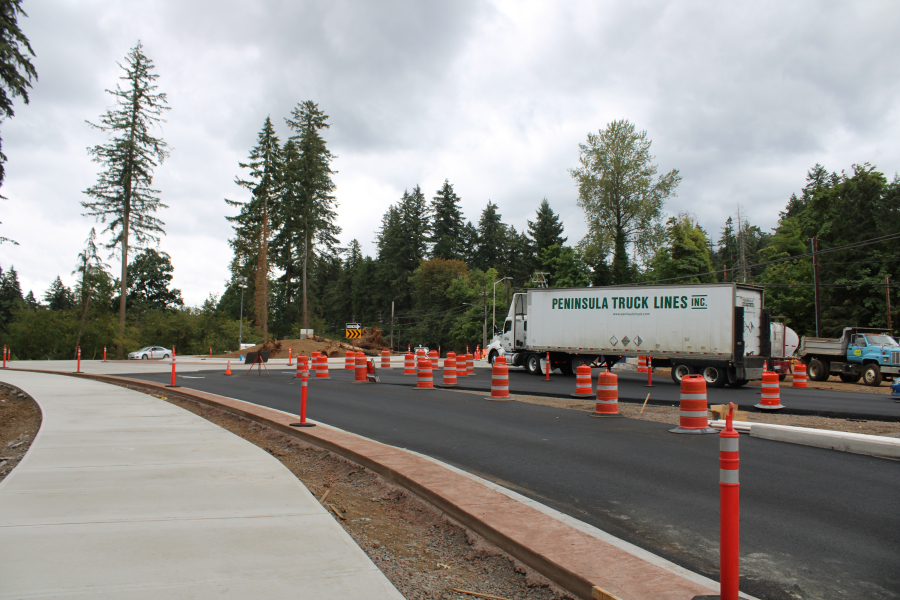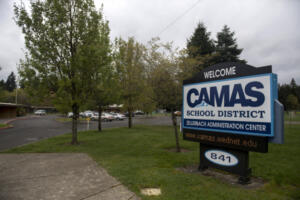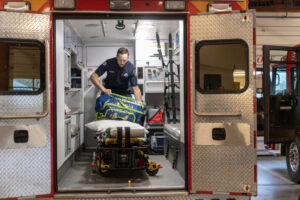Community members who want to help shape the future of transportation in the city of Camas — including road improvements but also bicycle lanes, pedestrian walkways and safer intersections — have a second chance to weigh in on the city’s 20-year Transportation System Plan (TSP) through the city’s Engage Camas website.
The city recently opened a second online survey to help city officials better understand the community’s priorities for the TSP, which will guide the city’s future transportation projects, help secure state and federal funding for local transportation needs and help calculate the city’s traffic impact fees.





